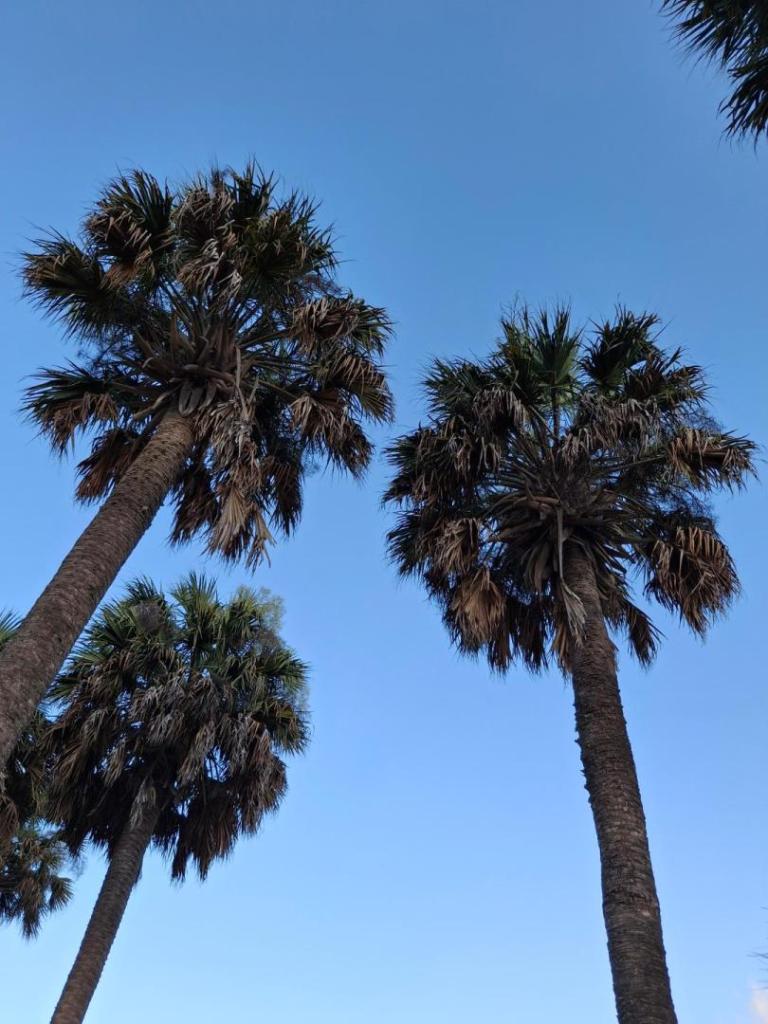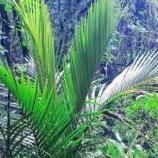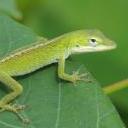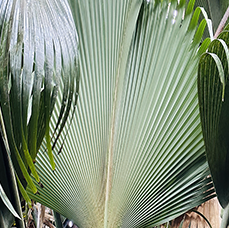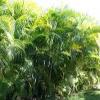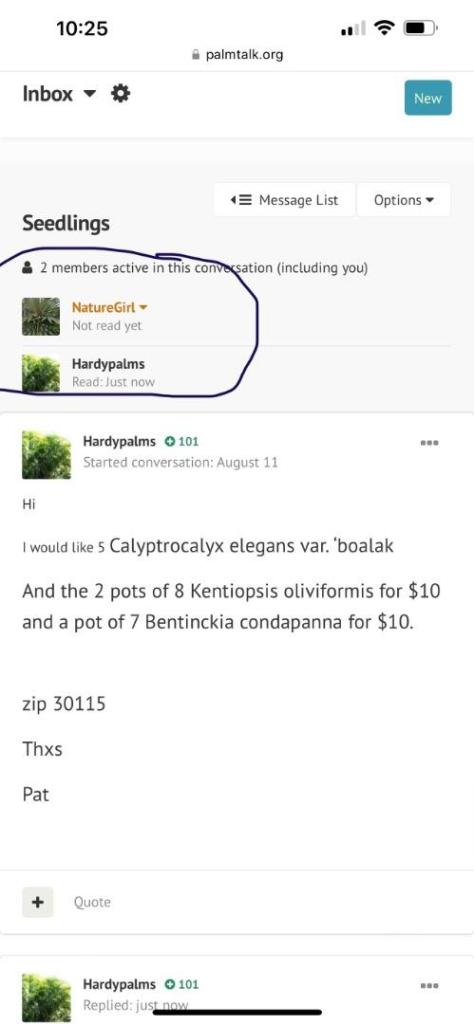Leaderboard
Popular Content
Showing content with the highest reputation on 03/04/2025 in all areas
-
12 points
-
7 points
-
I was over at Pauline Sullivan’s house ( now her grandson ) checking for seeds . I took this photo , looking up. Probably the parent to many Decipiens that are in North America. There are two very large specimens near the street. This is the largest . Harry I am 6’ tall looking up! I think I see a smile!4 points
-
3 points
-
3 points
-
I’m not sure whether it would be possible with Phoenix, but im confident it already exists within other smaller genera. Off the top of my head, there exists Howea belmoreana x forsteriana (or vice Versa) and there’s strong suspicion that Cyphophoenix elegans x nucele exists (assuming C alba and fulcita return to Veillonia and Campecarpus as has been suggested). I’d assume Adonidia merrillii x dransfieldii would be possible given A merrillii has been known to hybridise intergenerically. In any case, I’m not sure going down this path for any genus is likely to yield anything interesting, but there could be so much variability you’d never know. I’d guess in general you’d just have something that looks somewhere intermediate to all parents involved. For Phoenix it would take lifetimes of effort and would be difficult given that rarity of some species like P andamanensis. I’d suggest it wouldn’t be wise to dilute something like this in a hybrid.3 points
-
@DonnaM welcome to PalmTalk! Foxtails are susceptible to cold damage anywhere close to freezing, especially with frost. Anywhere in the 30s could cause some leaf spotting that's mostly cosmetic. Into the 20s can cause severe burn or death, especially in a fairly young palm. To me that looks like some cosmetic cold damage. You can't "heal" the damage but a palm-type fertilizer will help it grow out quicker. Some good fertilizers are PalmGain and Florikan, though I tend to use cheap stuff like Sunniland 6-1-8.3 points
-
Looks like cold damage. Mine had similar spots and marks last year.3 points
-
3 points
-
In January 2020 I received my Mule Palm from MPOM. Over the last 5 years its grown substantially and now I am faced with a decision to up-pot yet again, sale it, or plant it. Of course I chose to plant it. A new pot the next size up would be about $300, and then what? In 2 years I'll be faced with the same predicament. This mule has endured the last 3 seasons outside since it's been too large to come in the house since 2022. The lowest we've been since then is 10F and its suffered minimal to no damage (granted - I laid it on the ground and threw a bed sheet over it when it got that cold). Otherwise it's stayed outside year-round. Now, before anyone comes for me about planting it (Yes, I'm in zone 8) my logic is that considering its survival and knowing its marginal palm here - I am willing to see what happens. Who knows, maybe we won't have anymore century level events for the next 100 years. *fingers crossed* Anyway, the predicament has been WHERE to plant it; the backyard is quite full these days. So, the decision to remove my Namwah banana mat was made yesterday, and plant the mule in its place. While I love my bananas, and they do extremely well here - the Namwah was the right plant in the WRONG place and was a constant pain to keep off of the fence, and off of the patio. Not to mention I have plenty of other varieties of bananas. I made the right move. After 9 hours with only a quick dinner break today I managed to somehow remove the established mat of namwahs, and excavate a planting hole for the mule. (word to the wise - do not plant bananas without intent. Be sure that's where you want them for all eternity and have ample room around them. Oh, and use heavy lifting equipment if you need to move them.... ugh😫) Post trunk chop from winter and now the heavy lifting begins... About 2.5hours into it and I'm questioning my life choices ..... QUEUE 200 LB POTATO..... After about 6 hours I finally managed to get the giant potato from hell out of the ground and dig out a 2 foot deep 2 foot wide meteor impact crater .... *notice the red clay - if you know you know* Once removed from its prison... er, I mean pot.... I had to do some root pruning/releasing. It was extremely root bound and swirling. Once the mess of roots had been freed from themselves - the rest is the easy part. To settle in I made sure to add plenty of plant tone and water in incrementally as I back filled the hole using a mix of seaweed extract, superthrive, and root stimulator water. Hopefully that will minimize transplant shock. Fingers crossed. I do expect to lose some of the lower fronds just from how aggressive I had to be with the root mass. Finally after about 9 grueling hours, sunburnt and bleeding .... Hopefully the Mule likes this spot as much as the bananas did, and I get to see some explosive growth. As per usual it will receive nothing but regular waterings with seaweed and unsulfured molasses water to establish the root/soil microbiome this season with no fertilizers for the next 90 days. IMG_0208.HEIC2 points
-
Gonna wear a mask today as I head out this afternoon.. the sky is orange.. https://www.cnn.com/2025/03/03/weather/new-mexico-haboob-dust-storm/index.html2 points
-
This is the problem with people using common names instead of the scientific names. Typically "Alexander Palm" refers to Ptychosperma elegans and "Alexandra King Palm" refers to Archontophoenix alexandrae (sometimes mistakenly called Alexander King Palm). The Ptychosperma has a thinner trunk, is less cold hardy and only reaches half the height of the Archontophoenix.2 points
-
I’d say she’s referring to Archontophoenix alexandrae.2 points
-
2 points
-
2 points
-
Wood is slow to break down as well... Still have a few pieces i'd collected for Orchid mounts back in ...2008.2 points
-
So many fine species to choose from. I'm fond of Garrya elliptica and Cupressus macrocarpa, but my favorite locally native tree is Umbellularia californica. Oily leaves, rich and lustrous green, emitting a pungent and peppery aroma when crushed that makes my scalp tingle. Photos are mine, some from Samuel P Taylor SP and some from a redwood grove right near where I grew up. Often seen as an understory plant in redwood forest, but a striking and substantial tree itself given the opportunity.2 points
-
They are quite handsome, and as the link states, supportive to a vast number of species in the local ecology. They are also prolific and will sprout many acorns each season. They thrive in coastal areas where redwoods do not.2 points
-
2 points
-
I see ups and downs in the temps for March. Check on YouTube for one of the weather geek channels. Those guys will look ahead a couple weeks.2 points
-
Washingtonia in pots need a lot of water. I bought mine last January and was waiting to plant. I went around 3 days without watering and the fronds started browning off and it set them back a bit. When I planted them I realized there was virtually no soil in the pots just a giant mass of roots. The sagos are very forgiving. I agree with Harry I'd probably wait a couple of more weeks to see what the long term forecasts look like. Any freezing temps I'd throw them in the garage. I'm pretty cautious with potted plants though.2 points
-
On a palm that size in a pot, less is more! I would suggest no more than a half a handful of Sunniland 6-1-8 or Palmgain 8-2-12. In pots I frequently use Osmocote, just because there's less risk of burning roots. If you use granular I'd do smaller amounts once a month instead of a bigger dose once every three months. If you are planting it, just wait until it's not likely to go below ~40F at night. Don't put fertilizer in the hole, but make sure you loosen up the soil around it. If you aren't planting it, stepping that up to a 7g would be a good choice.2 points
-
I think they are the same thing. The one that says “Chelated” is an older bottle. This can be applied on the foliage or the ground. Keep in mind that these are only supplements and you should apply a regular palm fertilizer first.2 points
-
I did contemplate leaving the wife behind for more space in the car. But you know a smart wouldn’t do that at all, now all I gotta do is go back and pick her up 🤣 Richard2 points
-
So long as there is enough moisture to keep the palm from drying out and the soil in the pot. You should be fine . It won’t be that long before you will be planting them. Harry2 points
-
Also, if you don't already have one, buy a rain gauge. Our spring weather (in the southeast ) is usually fairly wet so you may not need to do much watering at times. The hole in the bucket method is what I use. Now in the heat of summer and during dry spells, I have used around 20g (4 bucket fulls) at a time or so for bigger (mine have around 3-6' of trunk on them) windmills. That is in the summer though so you should not need near that much this time of year, not to mention the potential rainfall too.2 points
-
2 points
-
Congratulations on making it through the winter! And thank you for the ear-worm 😆. I’ll be bearing through that on the treadmill in a few minutes. such interesting undulations on those leaves.1 point
-
1 point
-
Ok I get that growers want to create hybrid palms for various reasons like ornamental or cold hardiness. The work involved in such a project I respect the horticultural skill and knowledge and time that is put into by a breeder be it for financial gain or just as n mentioned above. This is where I will say it’s not good for the future generation of palms in a whole. Imagine if you hybridised a palm that was on the verge of extinction. Not a good outcome even Einstein would work out that it’s not good thing in a blink of an eye. What are we leaving for future generations to have hybrid plants. Look at GMO crops of corn when they lose that to some disease it can happen, then the future of humanity is at jeopardy for a food source simply because it was money oriented. Hybrid plants have a place in Mother Nature that occur naturally it’s not up to us to create some lab orientated plant. Please for the love of the planet leave Mother Nature alone for the future of all humankind!1 point
-
Texas root rot is the big problem with them down here but if they get enough trunk on em they should survive your worst winters and come back from the ground anyways. Assuming they don't get root rot.1 point
-
There’s was quite a few a few I didn’t even entertain the idea of growing. Mapu licuala orbicularis. Oh I would complain and sell my house and move ……1 point
-
Just make sure roots aren’t exposed. Harry1 point
-
That seems about right unless , of course , there is a rain event that waters the palm for you. Be sure to do the finger in the soil check to make sure it is not drying out or getting too much water. Weather can affect the requirements. Harry1 point
-
Here are some mature Sabal mexicana in Plazuela de San Pedro, Antigua Guatemala. They had the boots removed by chainsaw and have an interesting trunk pattern now. Seems to me that Sabal mexicana is synonymous with Sabal guatemalensis. There were no fruits to be seen on any of the palms, the birds stripped them clean.1 point
-
1 point
-
1 point
-
1 point
-
Don't worry about it. Usually you can tell if someone has dyslexia or is just being lazy. On the internet it doesn't matter that much because most people don't care about their spelling and grammar anyway.1 point
-
What is longterm? If you take 30 years then there is a chance there will be a winter that will kill all palms except T. fortunei. I also thought that longterm only T. fortunei can be regarded as the only palm that will survive longterm but after seeing what dies in texas and florida for example then there too they need to protect some palms during those extreme winters so I do not count those extreme winters in anymore when it comes to cold hardiness. You just need to accept the fact that very rarely there is a killer winter and you will need to protect some things. If I have to do this once every 15/20 or maybe 30 years I can live with that. Most winters up here are Z9a with some winters even being 9b and some 8b avarage rainfall in the coastal region up here is around 700mm. My Butia is not just surviving, it flowers profusely and has viable seeds. I have several offsprings growing of my Butia. Jubeae also does great, I have 2 big ones and one small one that germinated in the garden over 15 years ago and never saw any protection (it is sheltered underneath 3 big trachycarpus that gives it overhead protection). I think another factor that limits what you can grow is the intensity of the sun. This goes down the more you go north and I think some palmspecies just starve with the low sun intensity up north. Maybe this is why it is more dificult to grow palms like Butia in the more northern parts of the Netherlands? record high temperature right at the sea on the beach at my coast is 40°C!!!(Koksijde beach) I do not think coastal areas in holland get those kind of temperatures in summer1 point
-
Here is a good overview of fire dynamics in California. https://www.sfgate.com/la/article/los-angeles-fires-nightmare-20038192.php1 point
-
I was just reading through the debate on the wildfires, and thought it was interesting and I wanted to put out a little info because after my experience this past summer, wildfires are a really interesting topic to me now... I grew up in California, and in my mind the wildfires were always just a natural disaster that happened, I didn't really spend too much time focusing on how they actually worked, or how they were managed. I live in Florida now, but I returned out West from April-October to spend the whole (traditional) fire season working as a federal wildland firefighter on a 20 person hand crew, which is really as close as you can get to the fire and as hands-on as you can get with the fires themselves. We fought fires in California, Nevada, Idaho, Colorado, and Wyoming. I learned alot about them, so hopefully there's a few things that I could clear up. As for the comments about controlled burning, and our mismanagement of fires. This is not really so much a political thing, or a California-specific thing either. This is more complex than that and there's alot of history here, and a whole bunch of variables like climate, past decisions, landscape changes, new development, etc. In the 1930s, there was a good number of massive fires, and in response the Forest Service adopted a very aggressive approach to fighting fire, and began alot of the methodology that we have been using in recent history. In 1935 specifically, they adopted the methodology that they wanted all wildfires controlled immediately after the initial report. This has been our methodology when it comes to fighting fire as a nation for quite awhile.... "you see flames, circle them, put it out!". If humans weren't there to do that, the land would just burn. It's not political, and whether it was a good idea or not is anyone's guess. What is undebatable though, is that because we took this approach for so long we have hindered some of nature's process of burning the land. This is one of the factors that has led to an accumulation of fuels in our wildlands which has led to bigger fires, which we are dealing with now. This doesn't automatically mean that it was a bad decision to fight fires so aggressively. It's just a decision we made nation-wide, and there has been an effect from that. This is also far from the only factor in increasing wildfire intensity. Just one of many. The landscape has also changed in several ways, and many areas in our nation have more fuel cover than they did decades ago. There is also an increasing spread of the population. We now have many people living in areas that were previously uninhabited. This increases the WUI (Wildland Urban Interface), and makes wildand fire fighting much more difficult. 50 years ago, if a certain area burned, it didn't really matter because there wasn't anybody living there. Now there is people living there, so it's a big deal. In regards to the prescribed burns, they are absolutely being done by wildland crews. I participated in several. And it's the main job of crews that stay on through the winter. There are entire crews called "fuels crews" that are dedicated to this. But we have ALOT of land in this country, and very few wildland firefighters comparatively. It's impossible to prevent these things from happening by just doing controlled burns or any other human intervention. If you spend time out West in the wilderness areas, you will quickly realize how insurmountable of a task this is, due to the vast size of the area. In the wildfire community, all of these things are being discussed in regards to the accumulation of fuels, controlled burns, how to efficiently manage fires now, etc. Methods are used such as the "big box method", where a wildfire is not extinguished immediately and is allowed to burn out a larger area and we just head miles out in front of the fire, build fireline, and burn out all the fuels in advance of the fire, then allow the fire to go all the way to that point and then the fire dies out because we've already burned everything in a controlled way and on our terms. This is a different approach then just encircling the fire immediately and extinguishing it, and allows nature some more room to work and do what's natural for us. Anyways, hope that clears a few things up that I also wasn't aware of before this Summer. Basically there's numerous factors.. previous decisions as a nation, increasing population and growing WUI (people living in areas they didn't before), accumulation of fuels, overall "land:people" ratio being skewed heavily towards the land winning out big time.... many factors.1 point
-
do you happen to know a good place where I could buy a filifera potted or seed?1 point
-
Trying to log in using my phone and I keep getting error messages that the password for the user WaianaeCRider is wrong. Well that's NOT ME. I'm WaianaeCrider. I even went in and changed my password and still can't get in. I"ve been in before but everything on my phone got cleared and I have to log into everything all over. I'm using CROME on the phone. Keep trying to log in as WaianaeCrider but it keeps telling me password for the user WaianaeCRider is wrong. I even tried loging in as WaianaeCRider and it still gets rejected. I'm confused.1 point
-
Steve - I sent you my email via PM. Send me the photo and I’ll try and upload it myself. That will tell me a lot.1 point
-
1 point
-
Hi, I just want to check to make sure. Instead of naming any vendor, can I just write about the experience and my surprise?1 point
-
1 point
-
1 point
-
I should be able to read the whole conversation still even if she did not answer the last message. it must be my iphone. Thxs Pat1 point











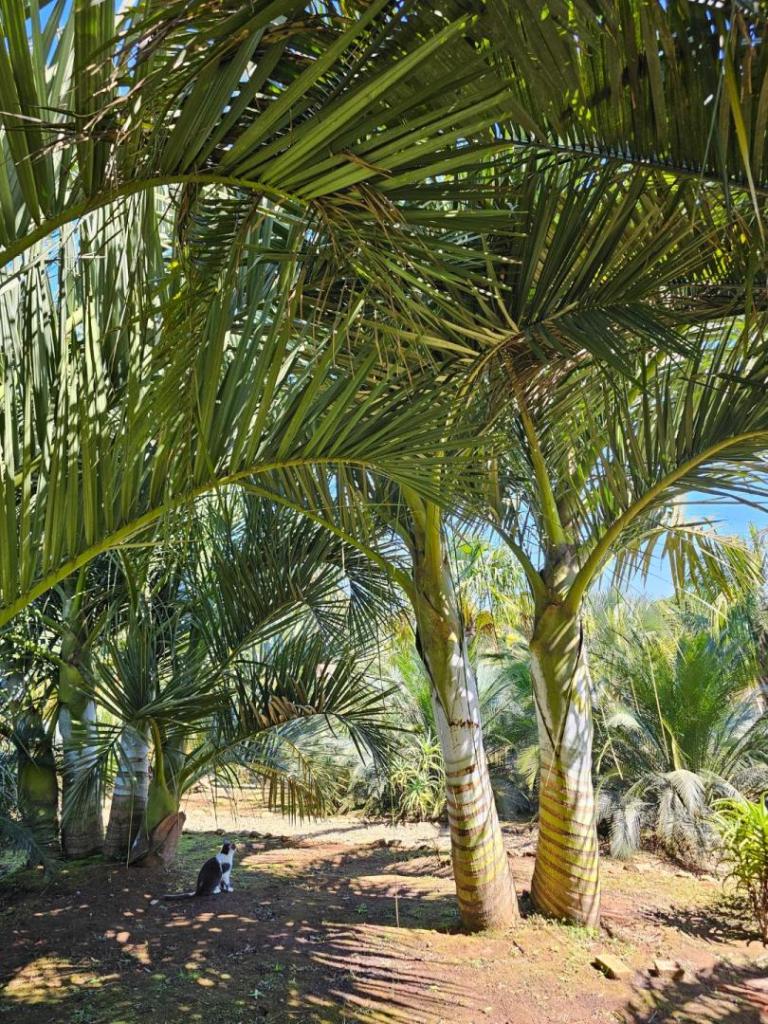




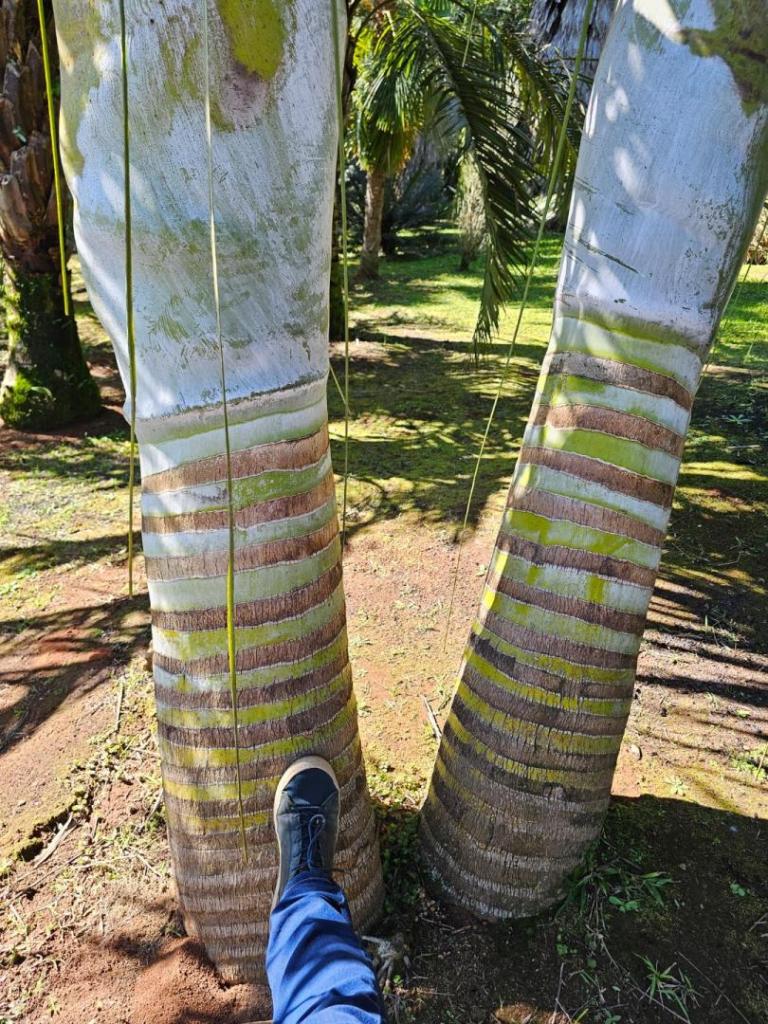



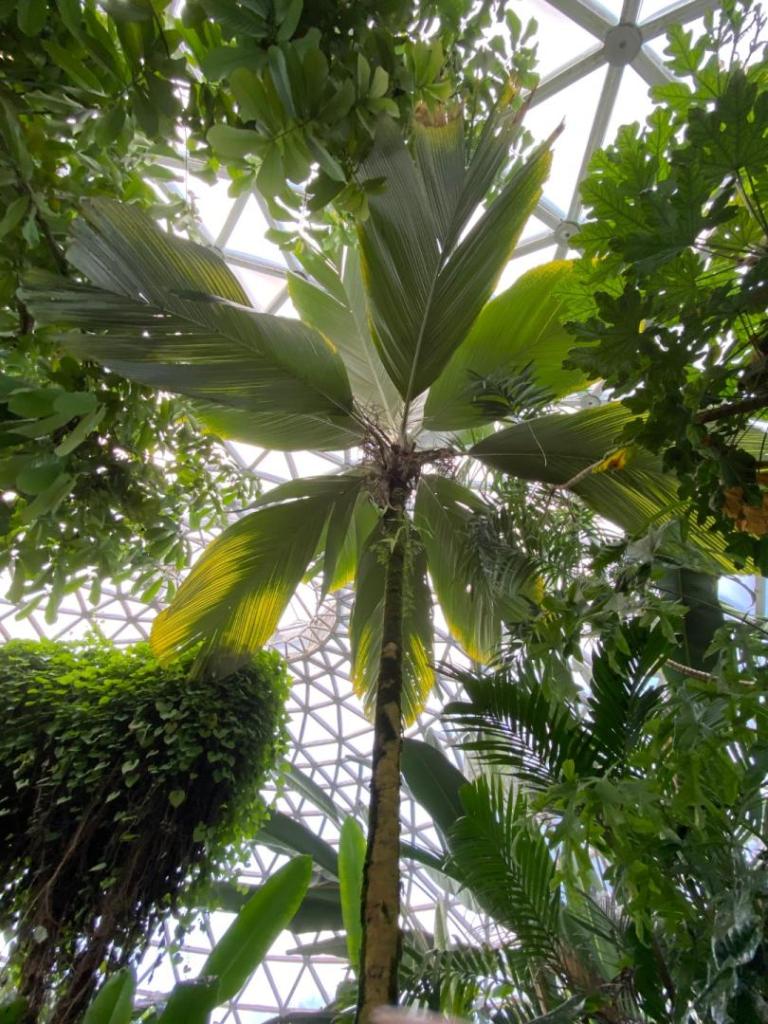



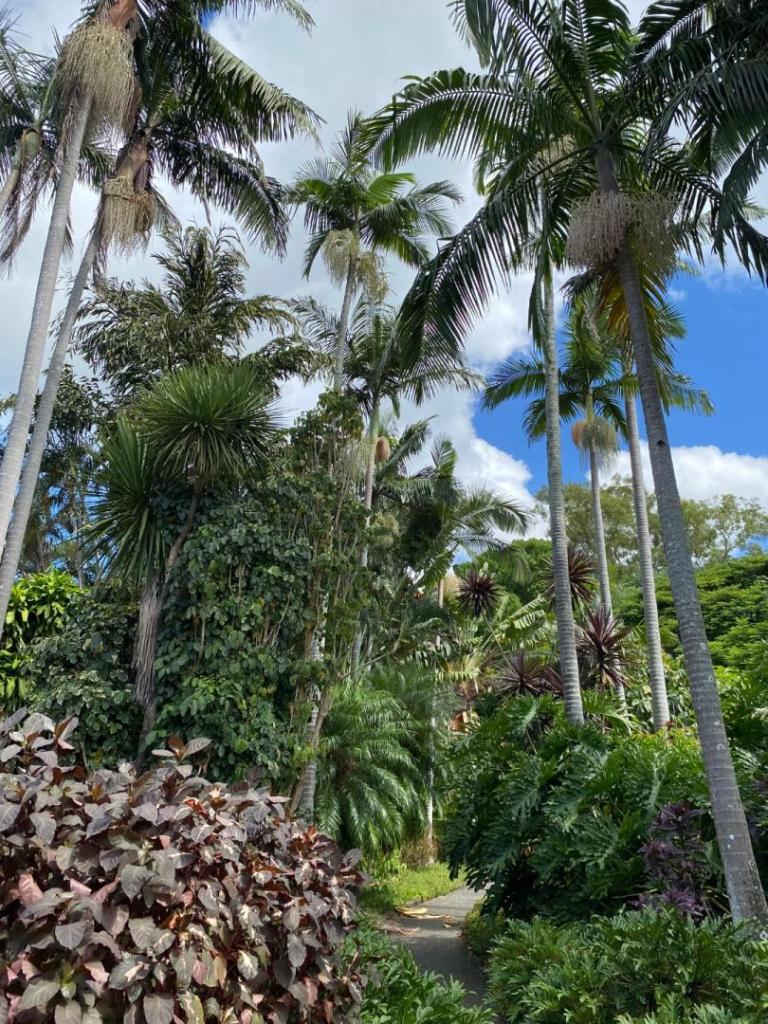


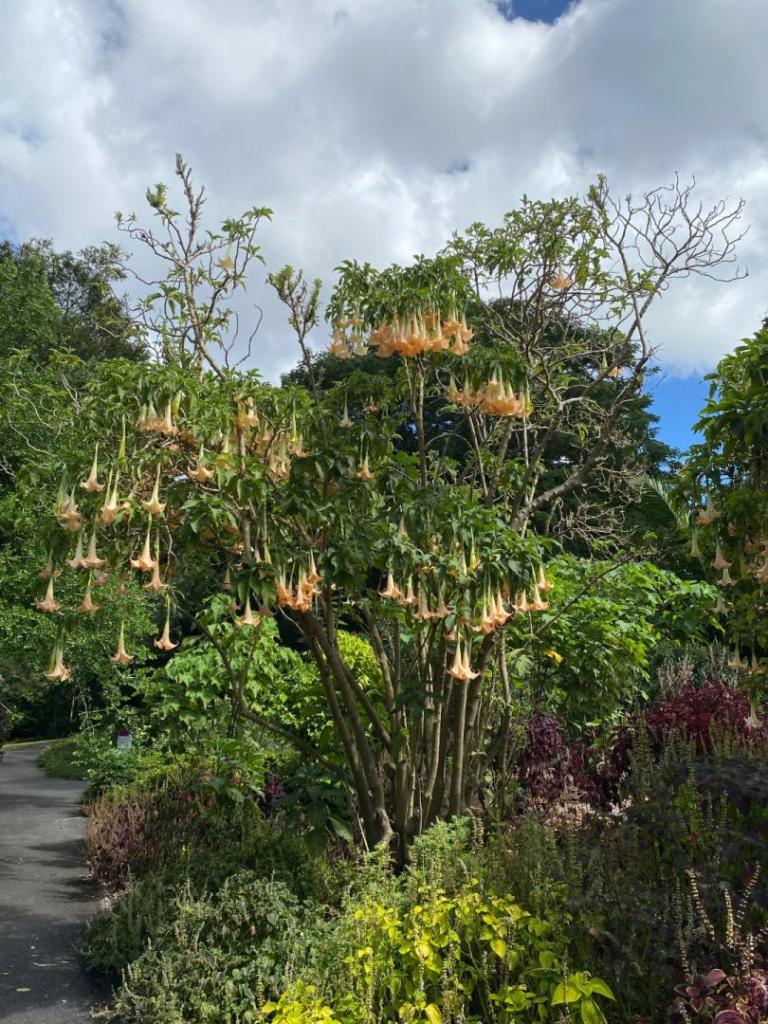




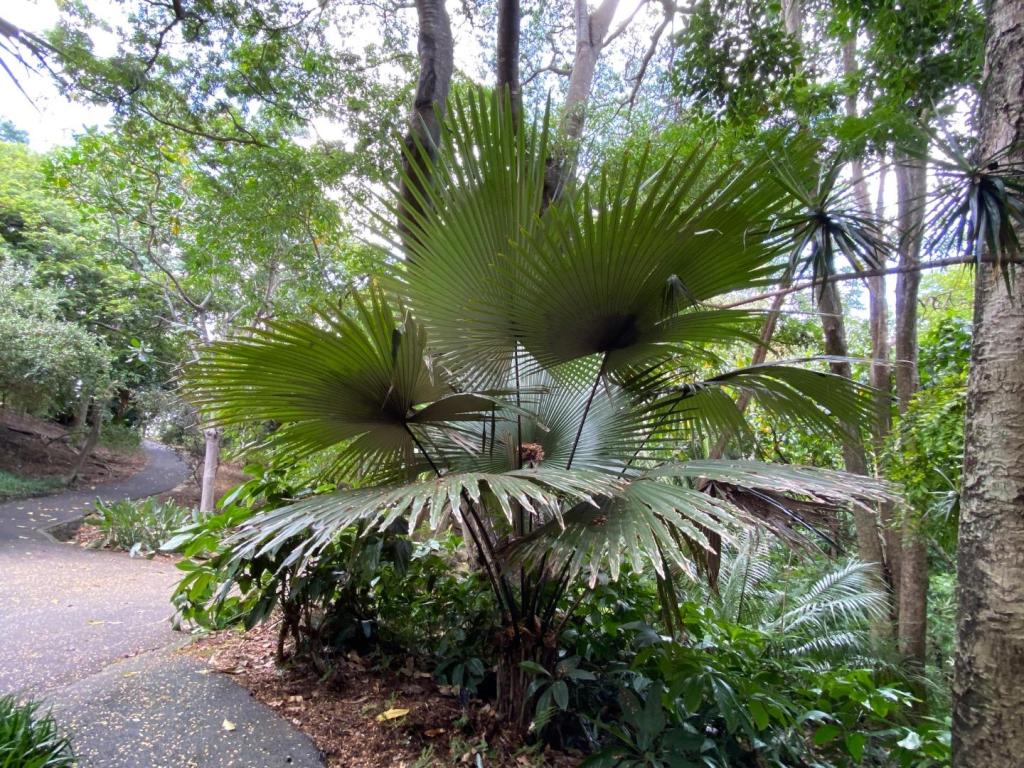

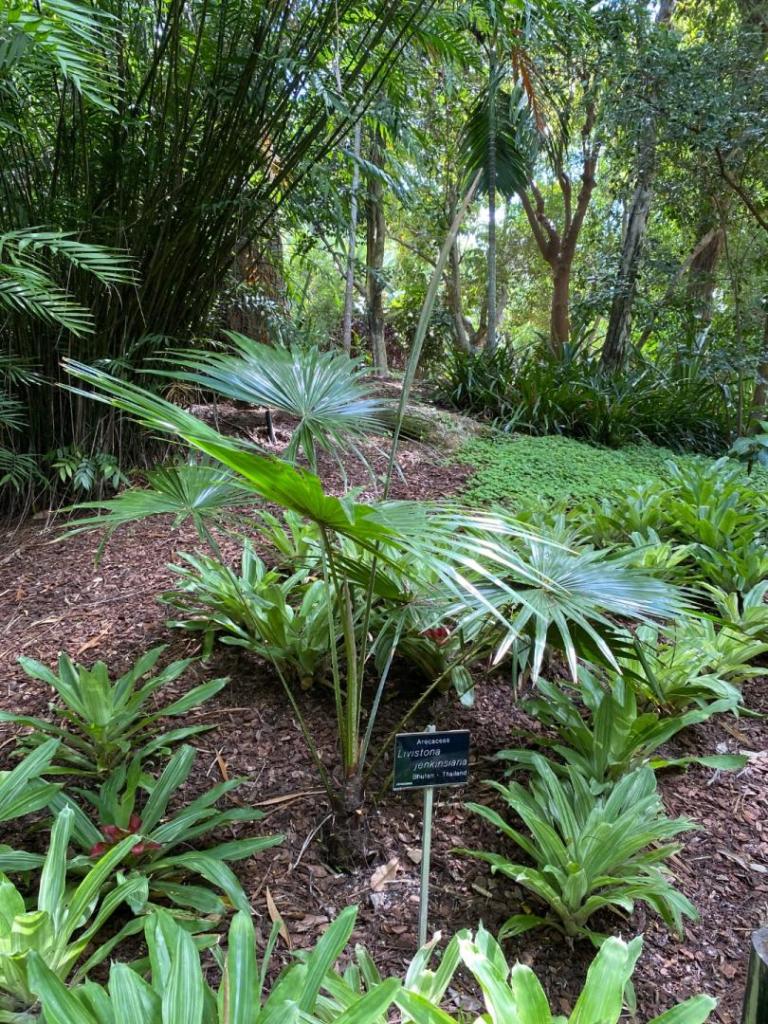











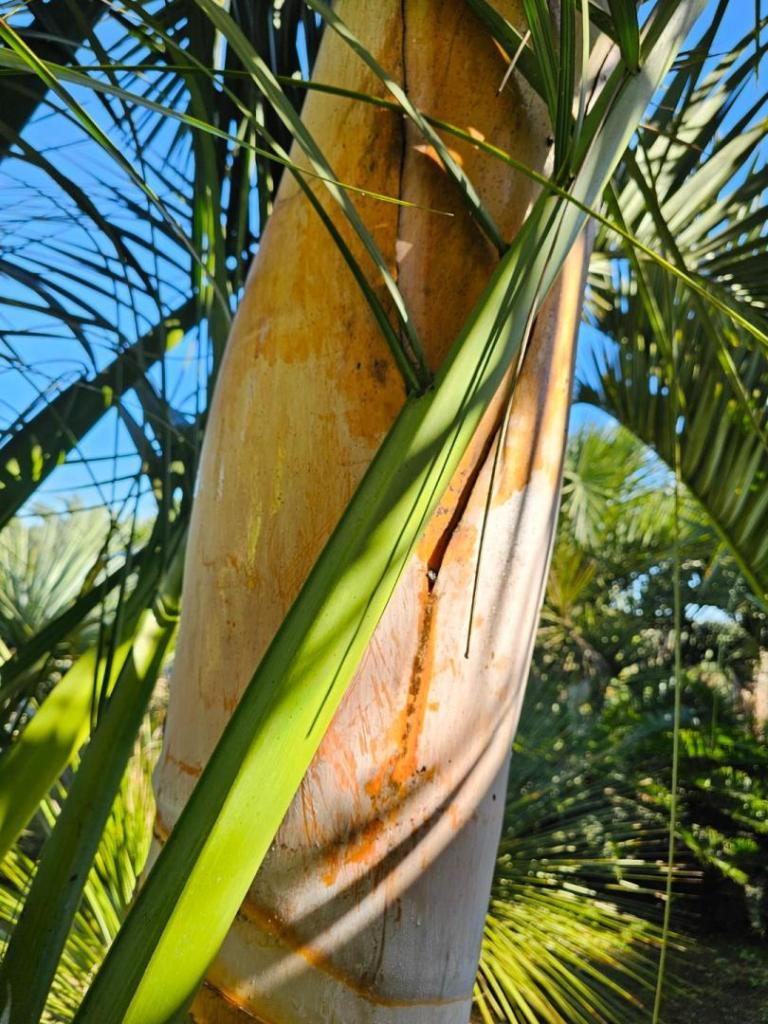


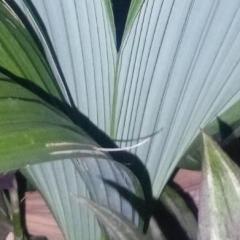



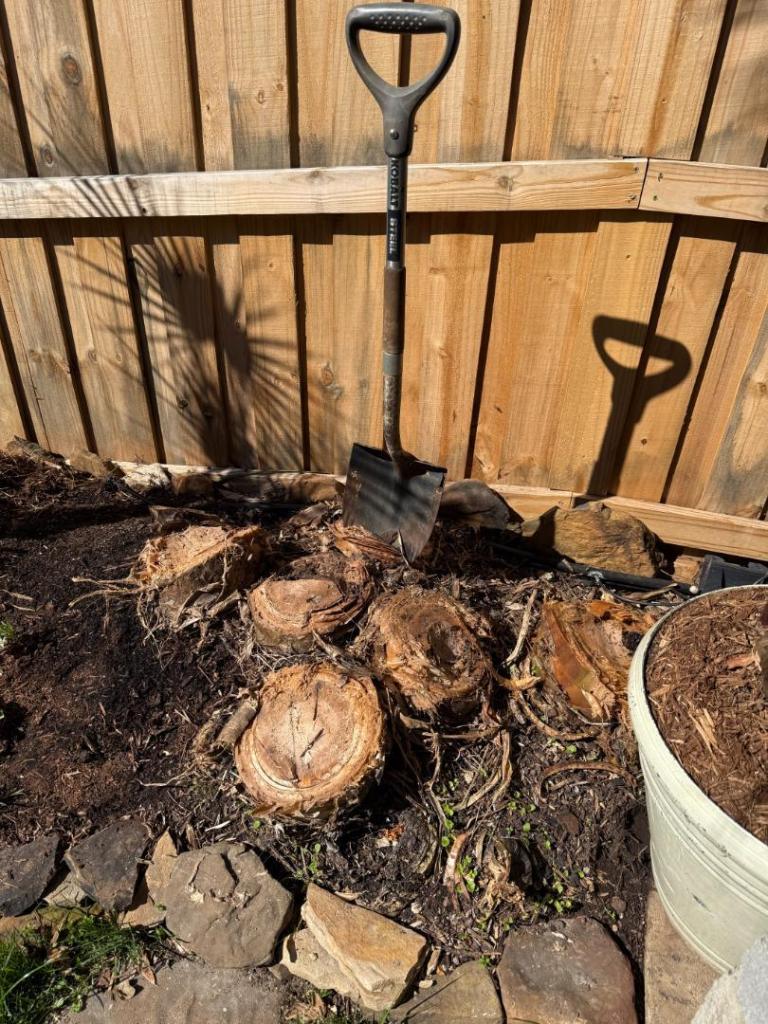

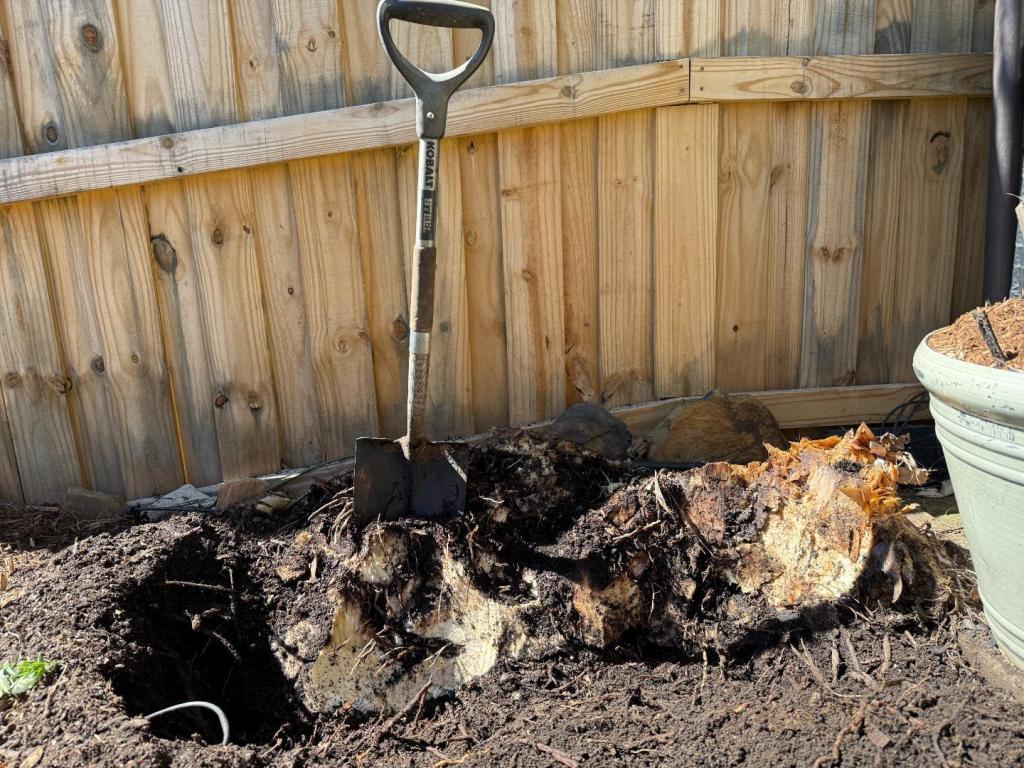






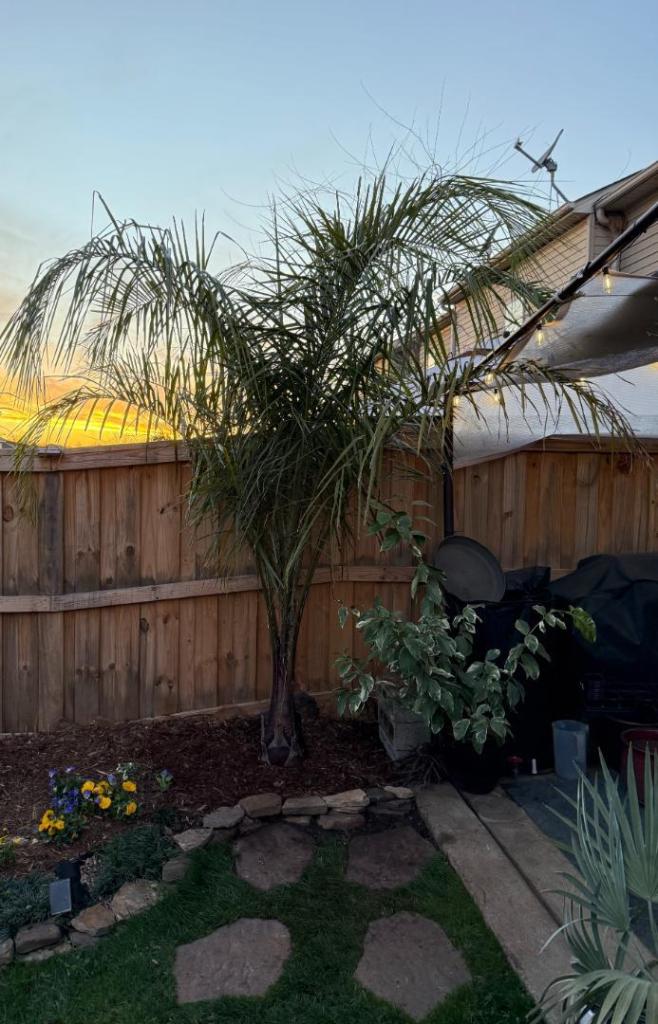

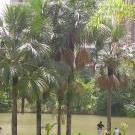


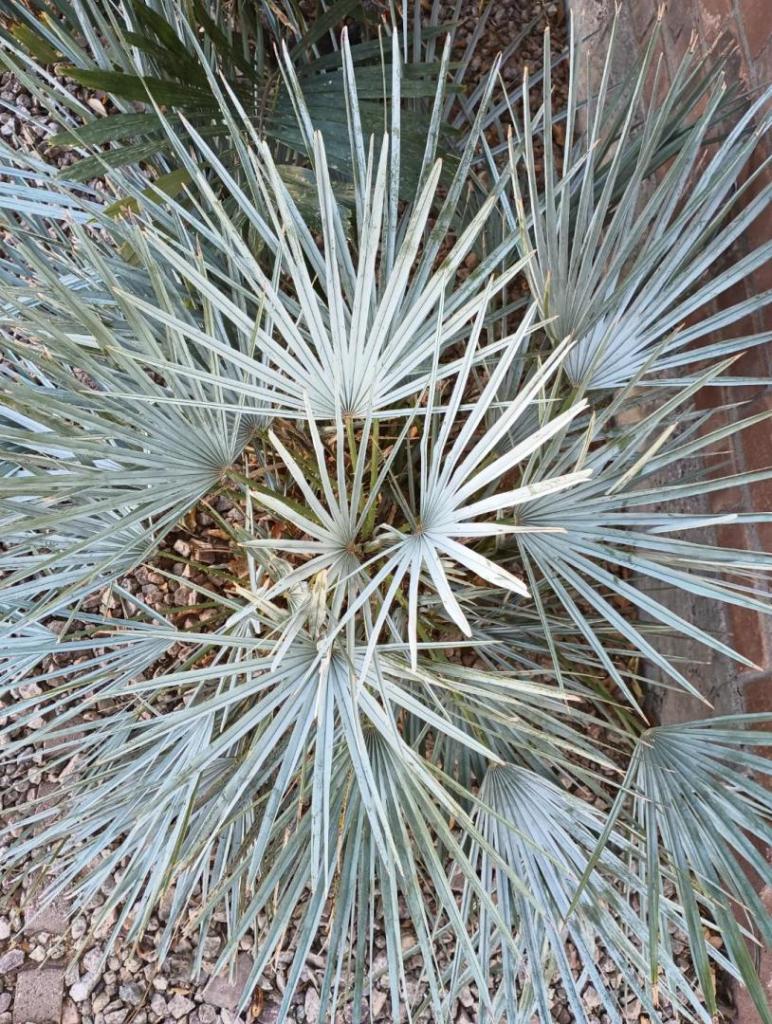



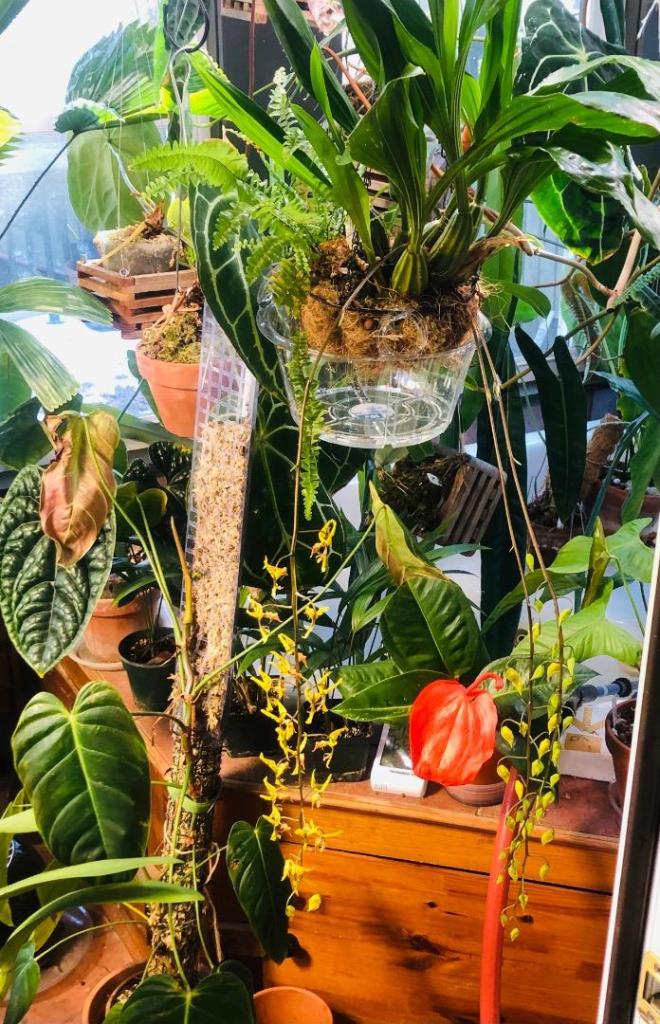



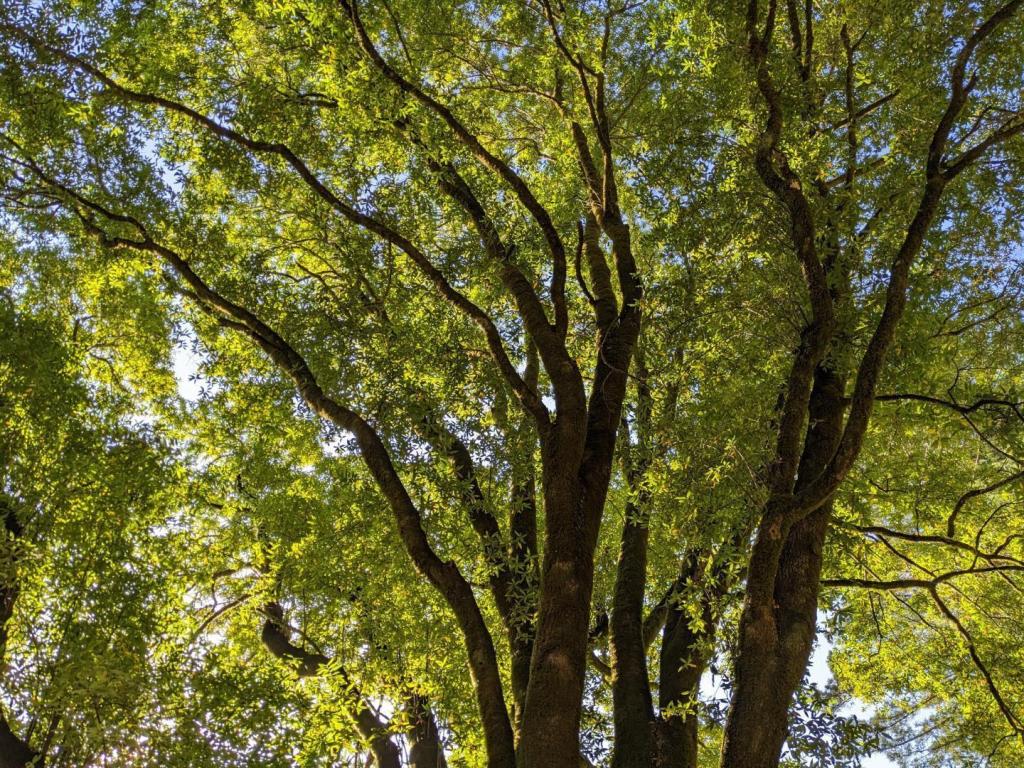

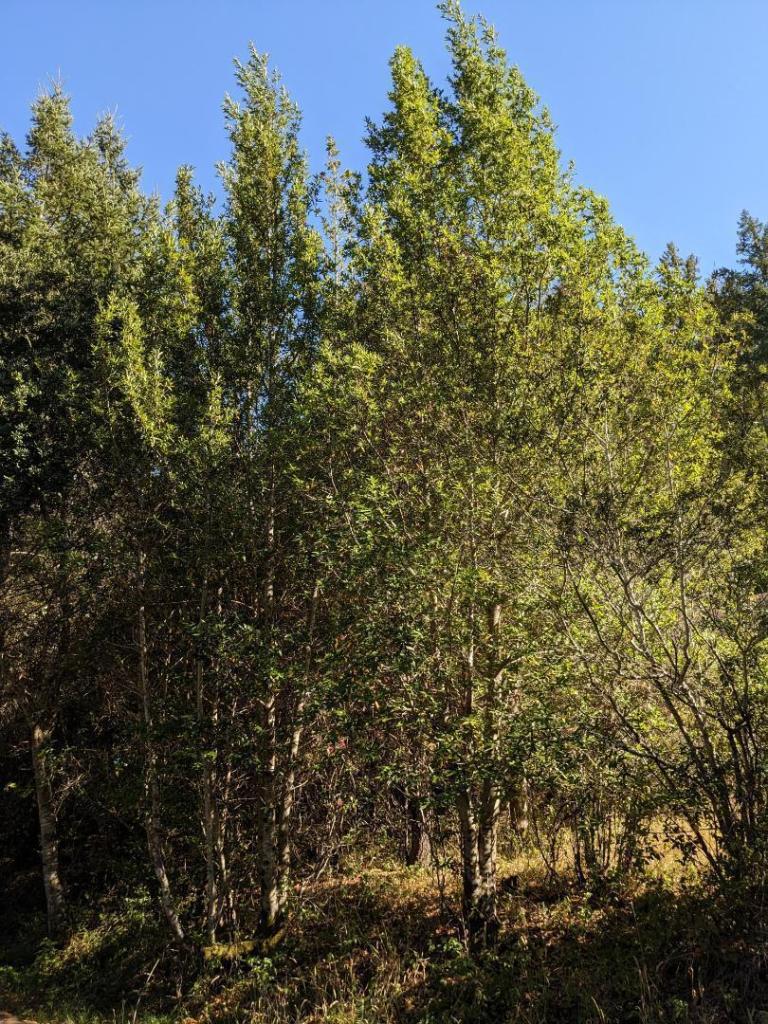

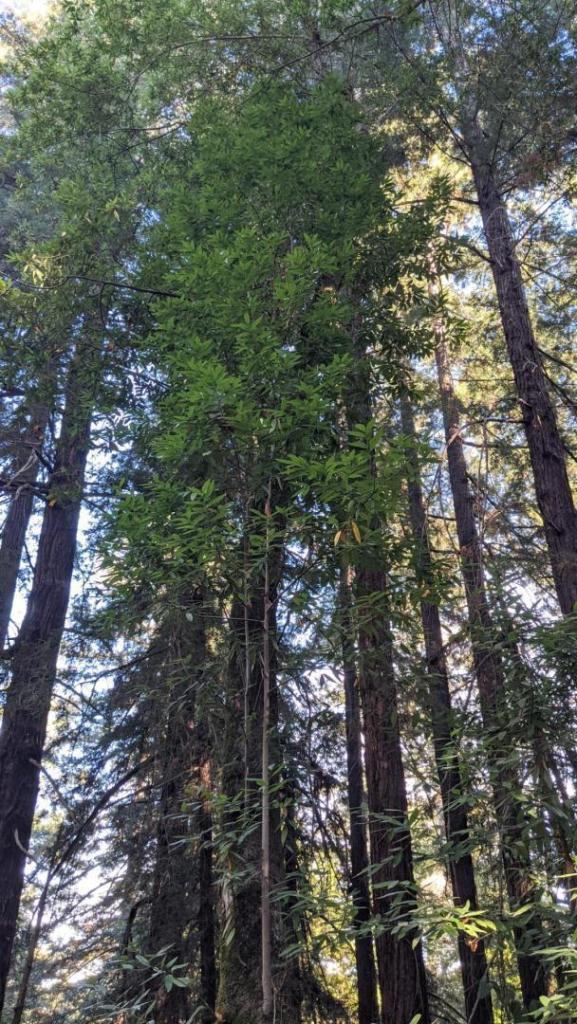




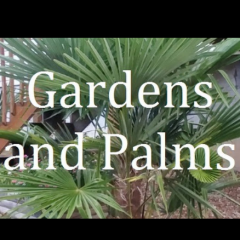
.thumb.jpg.f98e5066db1dec0358105c9c8eae8b39.jpg)
.thumb.jpg.217deff464c4c8b89d98c5b7fb52fe65.jpg)



